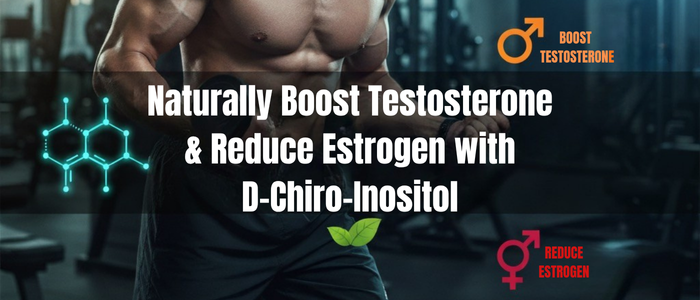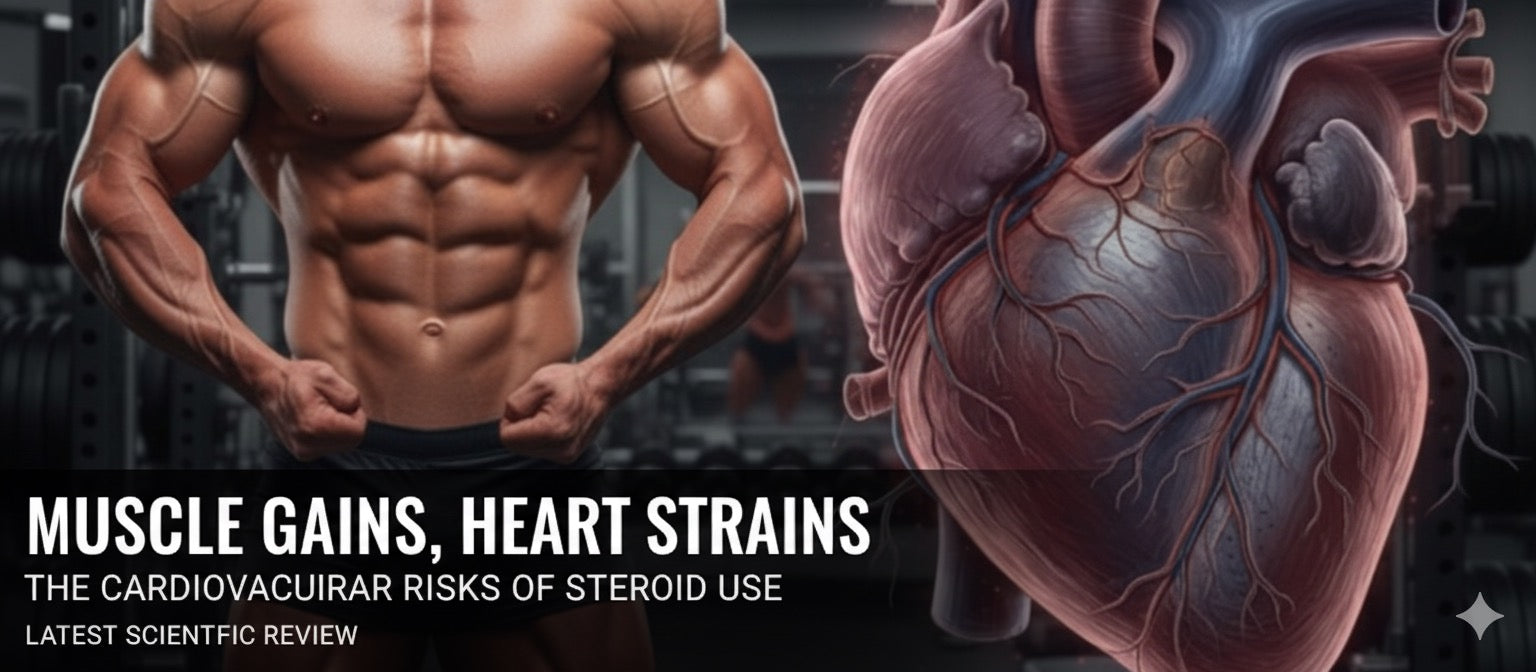


Amphetamine Pre Workout Benefits
Bodybuilding is an intense sport with participants that can be equally as intense. It requires perseverance through times of fatigue and extremes of energy deficits. In order to boost performance in the gym and enhance metabolic fat burning, many athletes turn to stimulants during those trying times. Unfortunately, some have an addictive personality and end up using those stimulants more routinely and more inappropriately. It is the excessive use of stimulants that leads to media attention around young people with the cardiovascular problems of the old, including heart attacks and strokes.
Caffeine is the most commonly used performance-enhancing stimulant. When caffeine just isn’t enough, more powerful stimulants exist. These can be used legally or illegally, with a blurred line between these distinctions in some cases. Amphetamines like Adderall and dextroamphetamine are Schedule II drugs monitored by the Drug Enforcement Administration (DEA) and require a prescription from your doctor. They are central nervous system stimulants that are used to treat patients with attention deficit disorder (ADD), sleep apnea-induced drowsiness, and narcolepsy. Historically, amphetamines have been used for treatment of obesity, but this indication has been removed due to increased risk of heart disease. Beyond prescription drugs and illicit drugs like crystal meth, there are amphetamine-like compounds that are showing up in sports supplements.
Amphetamines alter levels of neurotransmitters in the brain. Neurotransmitters such as dopamine, norepinephrine and serotonin are chemicals your brain uses to communicate between cells. Amphetamine is a phenethylamine derivative, which is the basic structure contributing to the formation of neurotransmitters like these. Chemical alterations in the phenylethylamine structure of amphetamine lead to many “amphetamine-like” compounds with many different effects on the mind and body. The most socially toxic of which, methamphetamine, is a rampant doping problem known as crystal meth. The major systems of the brain that are affected by amphetamines are the reward centers (mesolimbic) and cognitive centers (mesocortical), thus they provide feelings of elation and alertness, respectively. In the context of sports supplements, amphetamine pre workout products are gaining attention for their potential impact on performance.
In moderate therapeutic doses, amphetamines can improve reaction time, decrease fatigue and improve strength. However, this can come at a cost— especially if overused or used illegally. As with any drug, inherently there can be side effects with amphetamines. Those side effects are most notably on the cardiovascular system and nervous system. At higher doses, amphetamines will elevate heart rate and blood pressure, cause flushing, palpitations and in worst-case scenarios, heart attack or bleeding in the brain (stroke). In sensitive individuals and at higher doses, amphetamines can cause nervousness, insomnia, confusion, agitation, tremor, mood swings and dangerous loss of appetite. Beyond these effects, your body and mind develop tolerance to the drug and as a result, the doses are escalated to get the same effect. In addition to the tolerance, the intense euphoria leads to high risk for addiction.
Amphetamines for Performance
Amphetamines really don’t decrease fatigue on endurance tasks— they just mask it. This goes for most stimulants, although there may be an increase in fat mobilization for energy. Through stimulating the mind and euphoric centers of the brain, the exertion that you perceive is less intense and you feel less of the discomfort related to the fatigue.1 With that effect, you can go longer on endurance tasks. Further, the effect on the mind is one of increased focus, concentration and reaction times. Anaerobic activities like strength training are also enhanced by amphetamine use. This may be due to an increase in sensitivity of the muscle contractile tissues to calcium release, but the exact mechanism of increased strength is probably multifactorial.2 As such, some athletes are exploring amphetamine pre workout options to potentially boost their training results.
Amphetamines for Fat Loss
In general, amphetamines cause significant reductions in appetite. For the obese overeater this may be beneficial, but for the athlete that needs nutrients for recovery this may be counterproductive. The phenylethylamine amphetamine-like derivatives have selective actions on different neurotransmitters in the brain, and thus have variable effects on food intake. Drugs that affect serotonin seem to control fat intake, whereas those that effect norepinephrine seem to regulate carbohydrate intake.3
The weight-loss drug sibutramine is a serotonin-norepinephrine reuptake inhibitor that is structurally related to amphetamines and also has thermogenic effects. Studies show that sibutramine stimulates fat burning and thermogenesis through activation of brown fat.4 Dexfenfluramine, another amphetamine-like fat-loss drug, increases fat oxidation (burning) and turnover from storage.5 Most sympathetic nervous system stimulants augment fat burning in this way, but unfortunately this activation can also lead to breakdown of muscle when done in excess or during energy deficits.
Designer Supplements
Pre-workout and thermogenic supplements have been under the microscope by the media and the U.S. Food and Drug Administration (FDA) lately. Stimulants like ephedra, ephedrine, DMAA and even caffeine have been scrutinized because of the harmful results of misuse. In a majority of cases, the adverse effects of these compounds have been a result of excessive use by those who don’t believe that dosing guidelines apply to them. The “more is better” mentality runs rampant in our society and can be the downfall of an aspiring bodybuilder. Furthermore, athletes who use tainted dietary supplements, which add amphetamines or amphetamine-like compounds to their formulas, run the risk of being disqualified in drug-tested events.
Since DMAA has recently been pushed aside by media scrutiny and FDA intervention, some supplement companies have been replacing DMAA with other stimulants. The media has now turned their attention to one of DMAA’s replacements called dendrobium extract. Dendrobium is thought to contain phenylethylamine. Phenylethylamine is a naturally occurring compound also found in foods like chocolate. It is synthesized from the amino acid phenylalanine and is converted to the neurotransmitters described above. However, it is very rapidly broken down after absorption from the diet— and unless it is chemically altered, it does not reach the brain in significant amounts.
Recently, scientists have discovered that a few popular dietary supplements with dendrobium extract contain the crystal meth-like derivative of phenylethylamine called N,alpha-diethylphenylethylamine.6 The authors are concerned that this is not a naturally occurring compound, and that its dosage and effects have never been tested in humans. As a result, they would like to see these supplements removed from shelves by the FDA. The media also feels that the government’s brief shutdown resulted in the detrimental effects of these compounds going unnoticed by the FDA on recess. Really? The companies retort that their supplements are safe and effective. So who’s right?
The truth is that we really don’t know. Until randomized placebo-controlled trials look at the safety and efficacy of the extracts in these supplements, we just won’t understand their effects on the human body. Animal studies can give some insight, but sometimes that can be like comparing apples to oranges. Many users of the supplements containing these stimulants will tell you of the amazing effects that they have had on their training, energy and fat loss. On the other hand, those same users don’t really know if there is a negative effect going on in their organs until it is too late.
My take is that if you like trying the latest thing on the market, do your research. If you aren’t satisfied with the quality of the information you have found, don’t use the supplement. If you are concerned that the manufacturer isn’t reputable and may have a tainted product that is underdosed or overdosed, contains compounds not listed on the label, or contains dangerous ingredients, obviously don’t use it. Stick with reputable companies that can afford to perform quality control and have too much to lose if they put out a dangerous product.
Dr. Victor Prisk is a board certified orthopaedic surgeon and IFBB professional bodybuilder in Pittsburgh, PA. Dr. Prisk is an active member of the GNC Medical Advisory Board and creator of the “G.A.I.N. Plan.” He is an NCAA All-American gymnast, champion swing dancer and NPC Welterweight National Champion.
References:
1. Chandler JV, Blair SN. The effect of amphetamines on selected physiological components related to athletic success. Med Sci Sports Exerc 1980;Spring;12(1):65-9.
2. Gerbershagen MU, et al. 3,4-Methylenedioxymethamphetamine increases the sensitivity of the contractile apparatus to calcium ions in both malignant hyperthermia-susceptible and normal skeletal muscle fibres. Eur J Anaesthesiol 2012;Jan;29(1):42-9.
3. Mancini MC, Halpern A. Pharmacological treatment of obesity. Arq Bras Endocrinol Metabol 2006;Apr;50(2):377-89.
4. Stock MJ. Sibutramine: a review of the pharmacology of a novel anti-obesity agent. Int J Obes Relat Metab Disord 1997;21(suppl):S25-9.
5. Marks SJ, et al. Reduction of visceral adipose tissue and improvement of metabolic indices: effect of dexfenfluramine in NIDDM. Int J Obes Relat Metab Disord 1997;21:274-9.
6. Cohen PA, et al. A methamphetamine analog (N,alpha-diethylphenylethylamine) identified in a mainstream dietary supplement. Drug Test Anal 2013;Oct 14.





